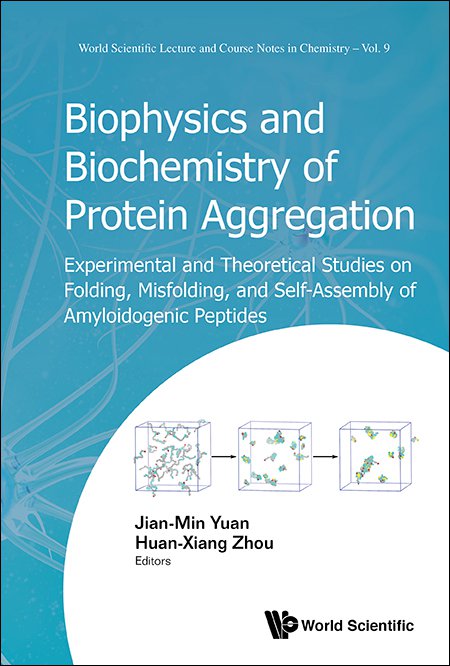Chapter 6: Thermodynamics and Kinetics of Protein Folding and Aggregation
Thermodynamic and kinetic properties of proteins affect their folding and aggregation processes, which are responsible for a range of biological functions in cells. This chapter aims to introduce simple models of protein folding and aggregation, the nucleation–growth kinetics of protein aggregation, and its study in thermodynamic interpretation of aggregation mechanism. We first review the two-state thermodynamics of protein folding and a generalized two-state scheme, i.e., Ising model. Several Ising-based protein models are discussed, including a generalized Ising model for studying mean-field theory of protein folding and a modified Wako-Saitô-Muñoz-Eaton (M-WSME) model for describing foldon behavior of protein. Also, we review some mechanisms of protein aggregation and a statistical mechanical approach in addressing aggregation equilibrium properties. Finally, we report our recent work on the kinetics of protein aggregation using a kinetic Ising model and discuss diverse aggregation scenarios through a kinetic survey over four different amyloid proteins.


